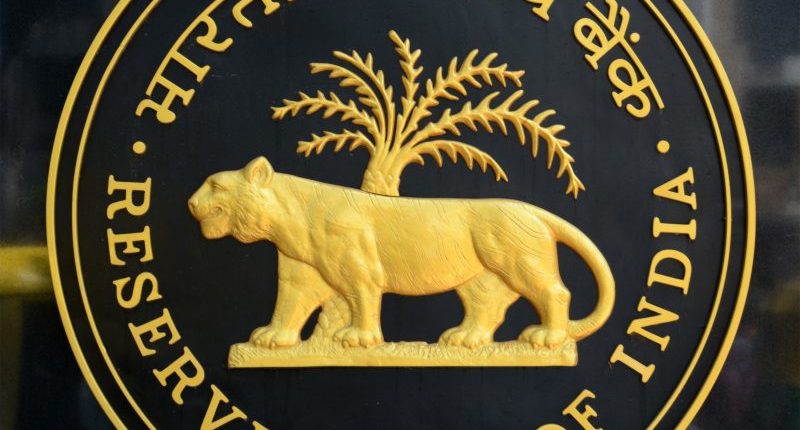The Reserve Bank of India has mandated the banks to link lending rates to an external benchmark i.e. repo rate and has lowered its repo rate by 110 basis points since January 2019. This move has led to a fall in interest rates, and which may turn out to be a drag on the margins of the retail and small business loan portfolio of private banks.
The RBI rule does not apply to housing finance companies (HFCs). However, they are also expecting a low margin shift in the interest rates, considering the competition with the rates offered by the banks in the market.
Private bank’s margins are likely to be much affected with respect to the interest rate volatility. This is because of their significant exposure to retail and small business loans as compared to the public sector banks. Talking about the linking of rates to an external benchmark by private banks, only Federal Bank and IDBI Bank have linked their lending rates till date.
An analysis done on the 4th of September 2019 by Kotak Institutional Equities showed that the retail and small business loan form 65% of the ICICI’s whole loan book of the FY 2018-19. Whereas the exposure of the same is 41% and 24% for State Bank of India (SBI) and Bank of Baroda (BoB) respectively.
Also Read: Link lending rates of loans to repo rates, says RBI to lenders
Here’s the list of few public sector banks who have already linked the interest rates to an external benchmark and also are offering lower rates to their borrowers:
- SBI
- BoB
- Allahabad Bank
- Bank of India
- Union Bank of India
- United Bank of India
- Central Bank of India
The external benchmark-linked rates will only apply to new loans from the 1st of October 2019. The existing borrowers will have to approach respective banks to shift the old interest rates to new ones.
The banks are allowed to decide on the spread, or the risk premium, which they want to charge from a particular borrower, says RBI. The banks might modify the spread to safeguard themselves from the interest rate volatility.
There are several benchmarks like repo rate, the government’s three-month and six-month treasury bill yield published by Financial Benchmarks India Pvt. Ltd (FBIL), or any other benchmark market interest rate published by FBIL. Banks may prefer repo rate-linked rates as it is less volatile and can be used to benchmark the deposit rates.
“Large HFCs like HDFC, LIC Housing Finance and PNB Housing Finance compete with banks closely in their retail home loan segment and will need to catch up with their banking peers on any movement in home loan rates,” Kotak said in its report. The HFCs will face high fluctuations in net interest margin once the banks shift the retail floating rate loans to an external benchmark-linked rate.
Since the RBI is issuing guidelines on this external benchmark linking, the next step of the banks is to link the savings deposit rates to an external benchmark as well to avoid asset-liability mismatches.
I am an aspiring Chartered Accountant. I spend most of my free time dredging through the various Indian finance subreddits. I am a semi-professional bowler with a high strike rate every time there is a new tax reform!




